
John Foster|Accidental Mysteries
July 21, 2013
A Street Photographer of 19th Century London
Street photography has always held a special interest for me. I like it because I know it takes a special kind of photographer to be able to put a stranger at ease for a photograph, and that has never been more true than today. With the advent of security cameras and issues regarding privacy, people today are definitely hesitant when it comes to a stranger taking their picture.
Most street photography, however, occurs without the consent and knowledge of the subjects. The movement of people in an environment is frozen in the discovered dynamic found by the photographer’s lens. That is the beauty of the great street photographs I know of.
If we look back just 40 or 50 years, “modern day” street photographers like Garry Winogrand (1928-1984) or Lee Friedlander (b. 1934) worked the streets, or stood in one spot until the right person(s) happened to walk in front of their lens for what they saw as their own “decisive moment.” Both shot constantly, quickly and intuitively, and part of their technique was being quick and non-obtrusive about it. Winogrand, for example, took hundreds and hundreds of images a day, constantly moving and shooting in order to get the shots he wanted.
The street photographer I share with you this week was a man born in Great Britain an entire century before Winogrand and Friedlander. His name was John Thomson (1837-1921) and it is known that he traveled the Far East taking photographs during much of the period between 1860-1879. When he returned to London, he began taking documentary photographs of everyday people on the streets of London. Photography during that time was a calculated and time intensive process with bulky cameras and glass plate negatives. These street photographs had to be taken with care, and in almost all cases, Thomson would have to ask his subjects to pose and stand still — a far cry from the frozen moments of Winogrand and Friedlander.
Collaborating with journalist Adolphe Smith, who did interviews of the street subjects that Thomson shot, they published a book called Street Life in London (London: Sampson Low, Marston, Searle and Rivington; 1881). That book, and one other by the pair entitled Street Incidents, stand today as a well-respected social commentary on the everyday, working poor of London.
The images and biography about John Thompson come from Luminous Lint, a on-line labor of love about the history of photography created by the dedicated Alan Griffiths.

Book cover for John Thomson & Adolphe Smith “Street Incidents” (London, Sampson Low, Marston, Searle & Rivington, 1881)
[Street Incidents]
1881
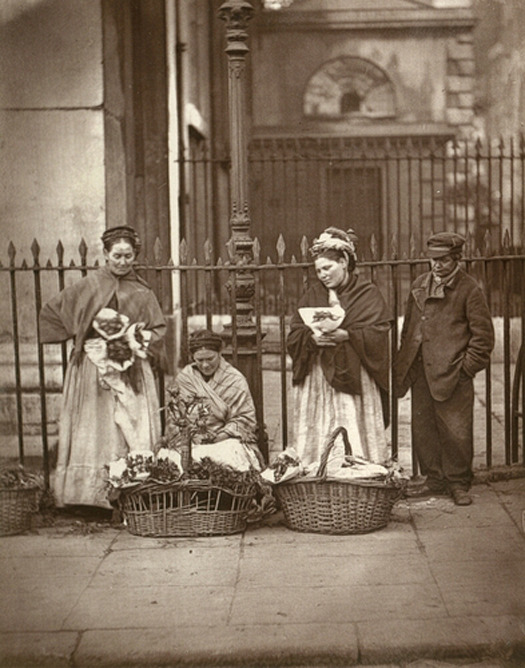
Photographer: John Thomson
Covent Garden Flower Women
[Street Life in London]
1877 Woodburytype
London School of Economics — Digital Library
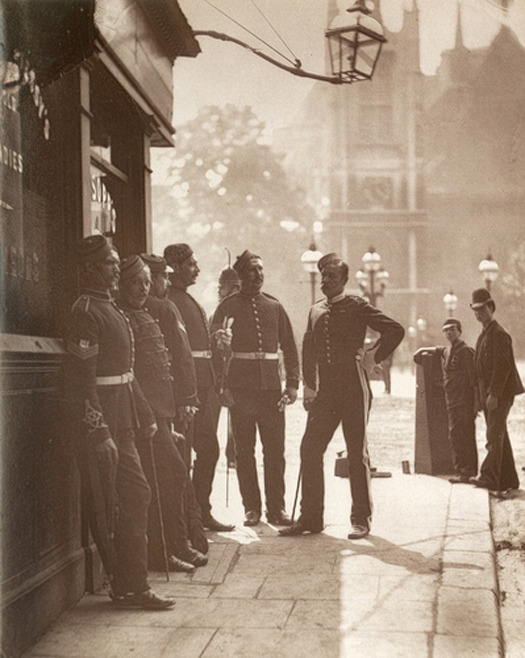
Photographer: John Thomson
Recruiting Sergeants At Westminster
[Street Life in London]
1877
Woodburytype
London School of Economics — Digital Library
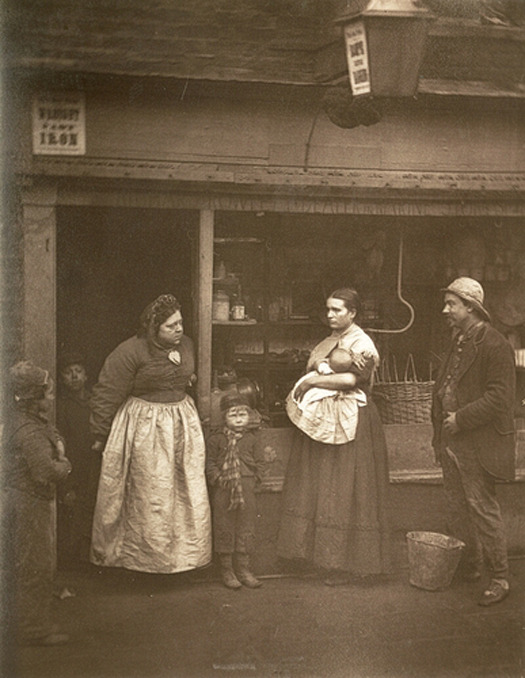
Photographer: John Thomson
Street Floods In Lambeth
[Street Life in London]
1877
Woodburytype
London School of Economics — Digital Library
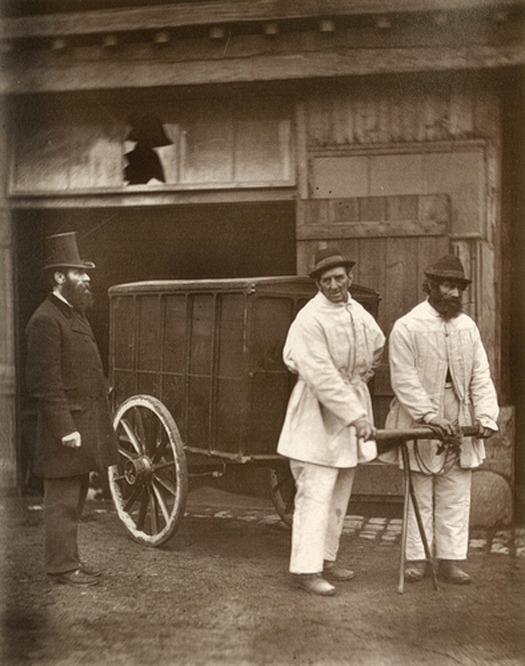
Photographer: John Thomson
Public Disinfectors
[Street Life in London]
1877
Woodburytype
London School of Economics — Digital Library

Photographer: John Thomson
Street Doctors
[Street Life in London]
1877
Woodburytype
London School of Economics — Digital Library
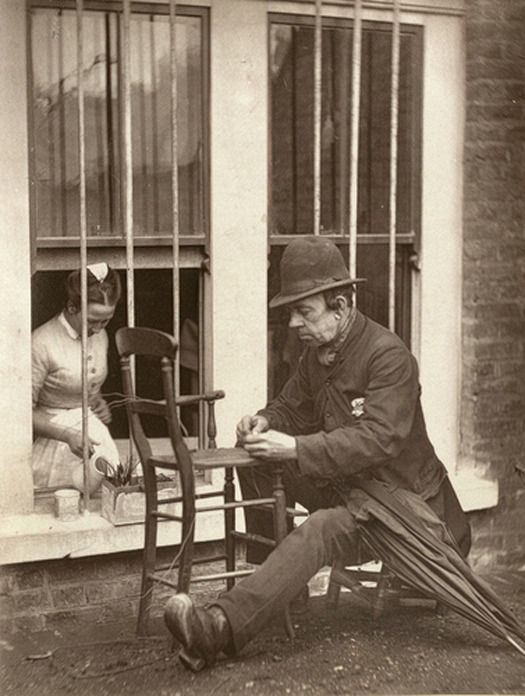
Photographer: John Thomson
“Caney” The Clown
[Street Life in London]
1877
Woodburytype
London School of Economics — Digital Library
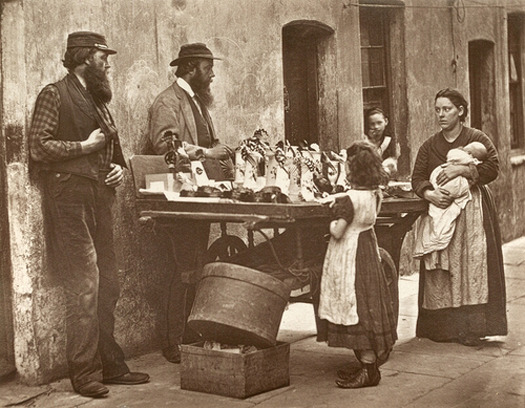
Photographer: John Thomson
Dealer In Fancy Ware
[Street Life in London]
1877
Woodburytype
London School of Economics — Digital Library
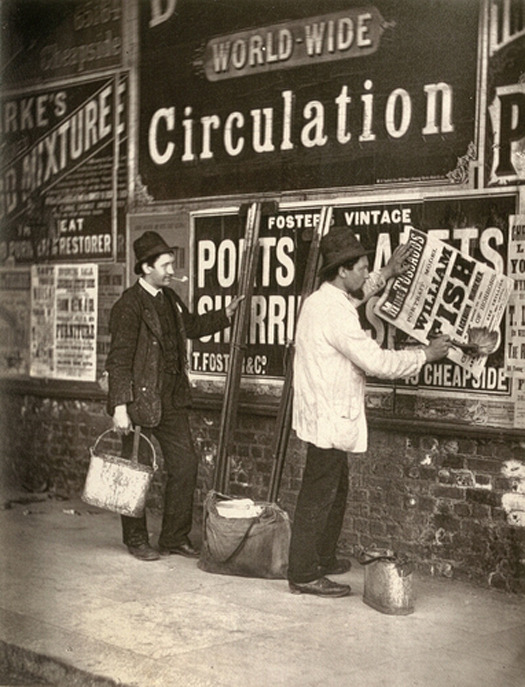
Photographer: John Thomson
Street Advertisers
[Street Life in London]
1877
Woodburytype
London School of Economics — Digital Library

Photographer: John Thomson
The Temperance Sweep
[Street Life in London]
1877
Woodburytype
London School of Economics — Digital Library
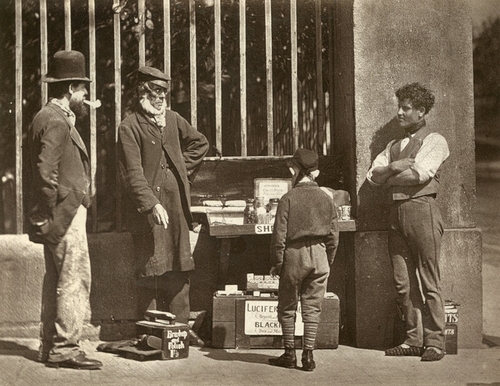
Photographer: John Thomson
The Dramatic Shoe Black
[Street Life in London]
1877
Woodburytype
London School of Economics — Digital Library
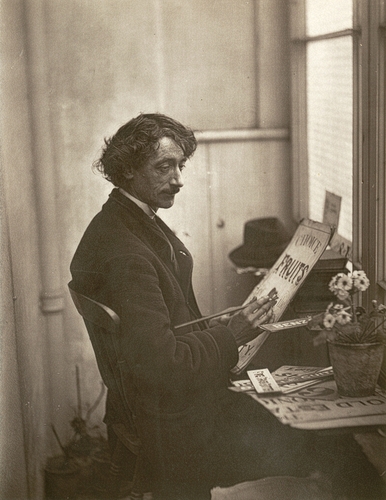
Photographer: John Thomson
“Tickets,” The Card Dealer
[Street Life in London]
1877
Woodburytype
London School of Economics — Digital Library
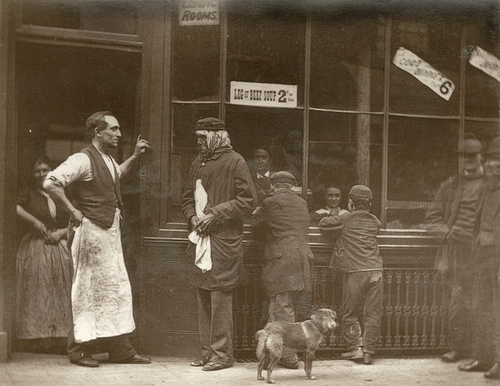
Photographer: John Thomson
A Convicts’ Home
[Street Life in London]
1877
Woodburytype
London School of Economics — Digital Library
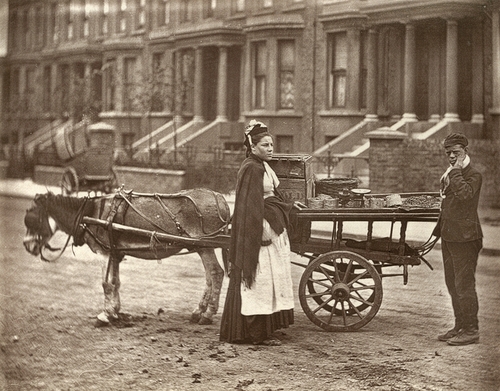
Photographer: John Thomson
The Street Fruit Trade
[Street Life in London]
1877
Woodburytype
London School of Economics — Digital Library
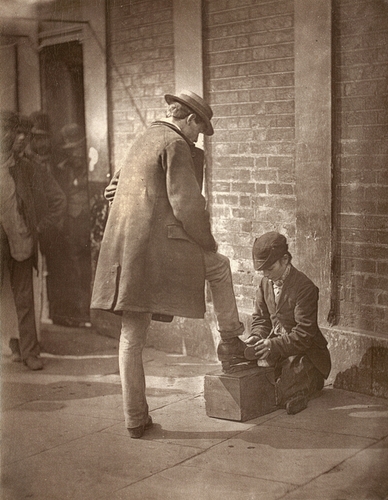
Photographer: John Thomson
The Independent Shoe Black
[Street Life in London]
1877
Woodburytype
London School of Economics — Digital Library
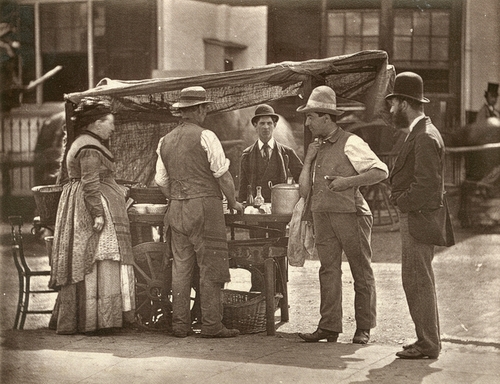
Photographer: John Thomson
The Seller Of Shell Fish
[Street Life in London]
1877
Woodburytype
London School of Economics — Digital Library
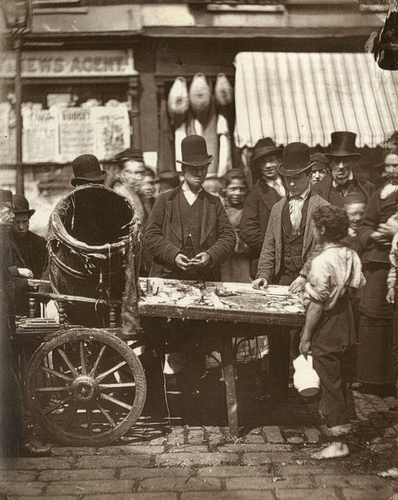
Photographer: John Thomson
The Cheap Fish Of St. Giles’s
[Street Life in London]
1877
Woodburytype
London School of Economics — Digital Library
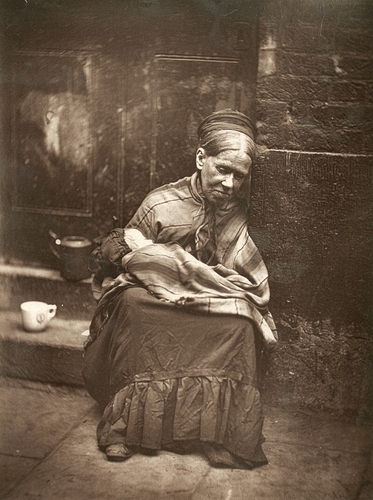
Photographer: John Thomson
The “Crawlers”
[Street Life in London]
1877
Woodburytype
London School of Economics — Digital Library
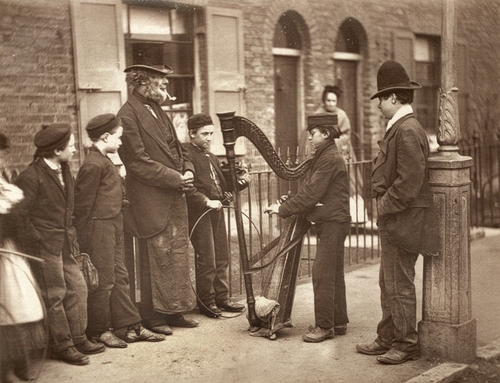
Photographer: John Thomson
Italian Street Musicians
[Street Life in London]
1877
Woodburytype
London School of Economics — Digital Library

Photographer: John Thomson
The London Boardmen
[Street Life in London]
1877
Woodburytype
London School of Economics — Digital Library
Observed
View all
Observed
By John Foster
Related Posts
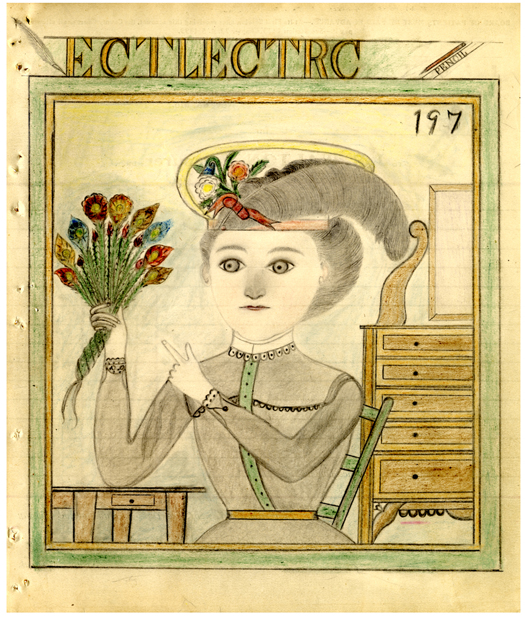
Accidental Mysteries
John Foster|Accidental Mysteries
The Remarkable Mr. Deeds
.jpg)
John Foster|Accidental Mysteries
Doug Rickard: N. A.
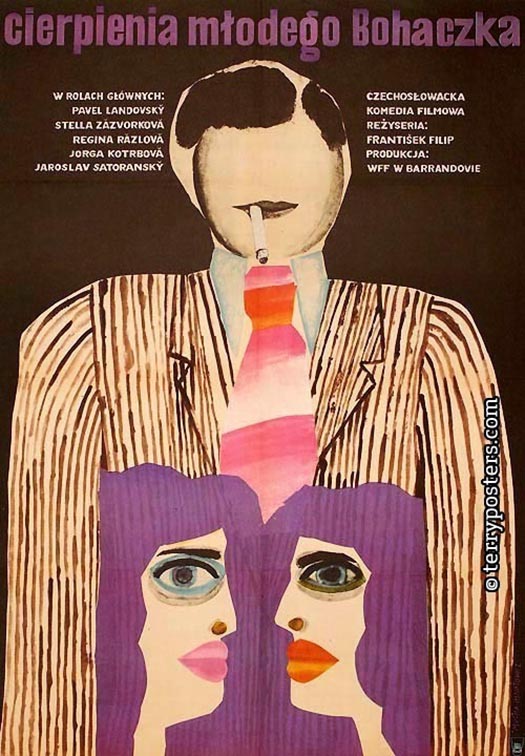
Accidental Mysteries
John Foster|Accidental Mysteries
An Archive of Czech Film Posters

Accidental Mysteries
John Foster|Accidental Mysteries
A Visual History of Lunchboxes
Recent Posts
Make a Plan to Vote ft. Genny Castillo, Danielle Atkinson of Mothering Justice Black balled and white walled: Interiority in Coralie Fargeat’s “The Substance”L’Oreal Thompson Payton|Essays
‘Misogynoir is a distraction’: Moya Bailey on why Kamala Harris (or any U.S. president) is not going to save us New kids on the bloc?Related Posts

Accidental Mysteries
John Foster|Accidental Mysteries
The Remarkable Mr. Deeds
.jpg)
John Foster|Accidental Mysteries
Doug Rickard: N. A.

Accidental Mysteries
John Foster|Accidental Mysteries
An Archive of Czech Film Posters

Accidental Mysteries
John Foster|Accidental Mysteries

 John Foster and his wife, Teenuh, have been longtime collectors of self-taught art and vernacular photography. Their collection of anonymous, found snapshots has toured the country for five years and has been featured in Harper’s, Newsweek Online and others.
John Foster and his wife, Teenuh, have been longtime collectors of self-taught art and vernacular photography. Their collection of anonymous, found snapshots has toured the country for five years and has been featured in Harper’s, Newsweek Online and others.